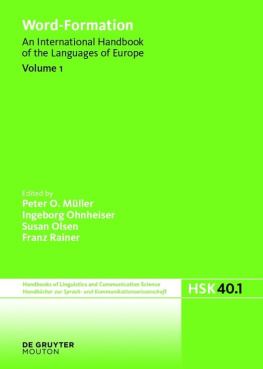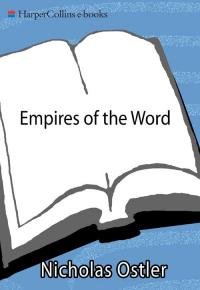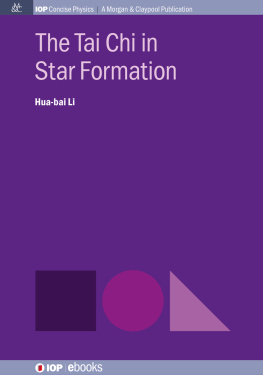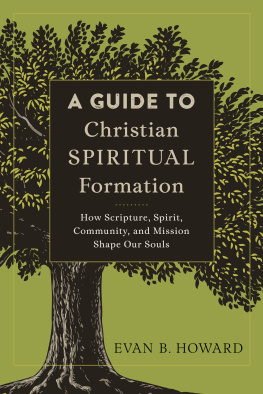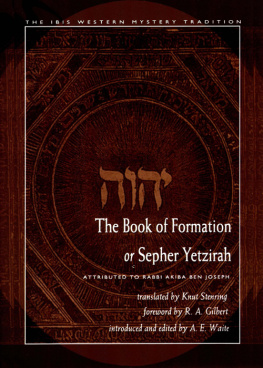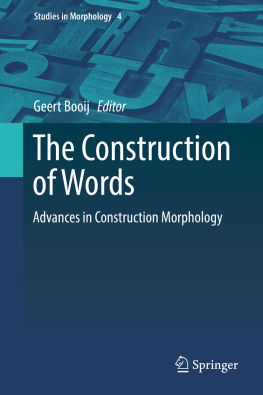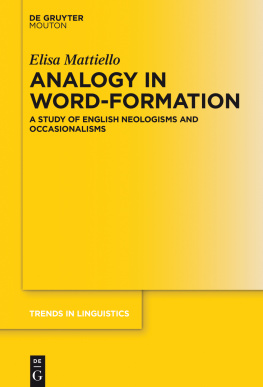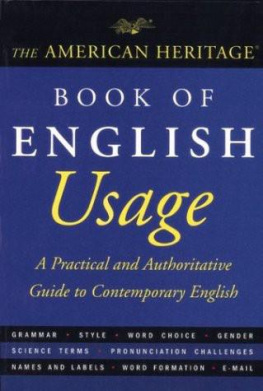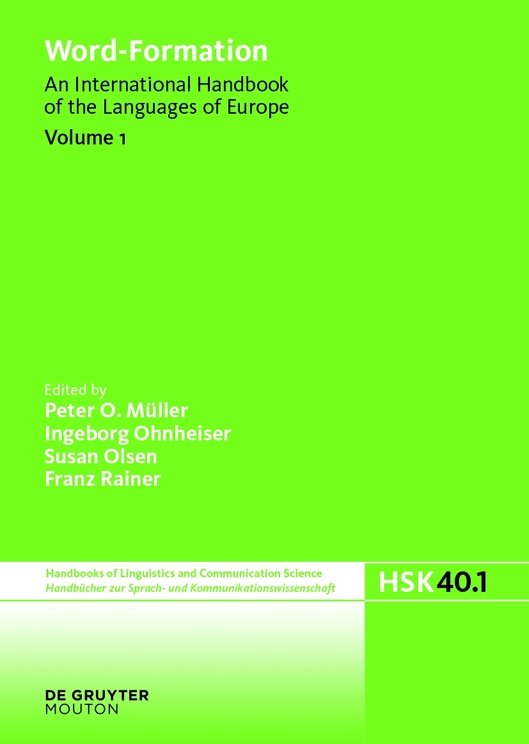Acknowledgments
The beginnings of this handbook date back to the year 2007 as Herbert Ernst Wiegand, during a guest visit in Erlangen, accepted the suggestion of adding a handbook on word-formation to the series Handbooks of Linguistics and Communication Science of which he is the editor. For his support we are extremely grateful.
In the spring of 2008, the circle of current editors materialized. In two meetings in July and October in Berlin the structure of the handbook was conceived and suggestions for the choice of authors were worked out. The first articles reached us in 2010, the last arrived in 2014. During the proofreading of the galley proofs in 2014, the authors of the earlier articles were given the opportunity to update their contributions so that all the articles in the handbook could reflect the current state of the discipline. The editors have taken care to interconnect the individual contributions in the handbook by cross-referencing the articles, thus encouraging a systematic evaluation of the topics and information represented therein.
First of all, we would like express our gratitude to the authors of the 207 articles for their constructive co-operation and their understanding for our comments and suggestions. A few of them were even prepared to jump in at short notice to take over articles whose topics otherwise would have been left untreated. For this we are especially grateful. The effort on the part of the authors to adhere for the most part to the proposed submission deadlines made it possible for us to keep to the time frame agreed upon by the editors and the publisher for the publication of the handbook that, according to the original plans, was to include two volumes but in actual fact has turned out to encompass five. For their disciplined work within the given time restraints the authors deserve special thanks, also because in many cases the articles were originally written in the native language of the author and then translated into the lingua franca English sometimes by the authors themselves and other times by a translator. Not all authors have desired to make the translation known and therefore we can only express our gratitude to the few translators whose names are known to us. Alphabetically these are: Iraide Ibarrexte Antuano (article 29), Tatiana Bogrdanova (191), Pavel S. Dronov (162), Sven-ja Grabner and Philip Herdina (43, 59, 130), Beate Seidel (129), Dirk Siepmann (131), George Smith (4, 5, 93, 109, 134), Christo Stamenov (167) and Daniel Wgrzyn (107).
In addition, we are deeply indebted to Barbara Karlson who has supervised our handbook from within the publishing house. She has accompanied our project from the very start, assisting us in every possible way and has always been open to our suggestions and wishes. Without her contribution the work on the handbook as well as its timely completion would undoubtedly not have come about so smoothly.
The handbook ends with a subject index and a map of languages. The subject index was compiled by Sophie Salmen (Berlin) who, in her function as a student of linguistics at the Humboldt-Universitt, also managed the homepage of the project that was originally set up by Antonia Fegeler, also a student of linguistics in Berlin. For their excellent und untiring commitment to the project we would like to extend a very cordial thanks to both. The content of the subject index is a product of the individual authors suggestions who each contributed a number of key words from their topic that were then brought together to form the index.
The map of languages was designed by Hans-Jrg Bibiko (Max Planck Institute for Evolutionary Anthropology, Leipzig) to whom we extend our appreciation. It offers an overview of the geographic distribution of the 74 languages that belong to the language portraits treated in articles 134207 of the handbook. The article number is placed before each language name for ease of reference.
With the completion of this handbook a long collaboration of the editors comes to an end. The work was characterized by an extremely creative, harmonic and profitable team spirit that was enjoyable and rewarding to each one of us. Our work on the handbook served to increase our knowledge of word-formation in many ways. But most of all it has brought to our attention that the word-formation of the European languages has been treated in a variety of different ways and that there is still great need for further interactive discussion and cross-fertilization. To bring this out is one of the essential goals of our handbook.
January 2015
The Editors
1. The scope of word-formation research
Abstract
The first article of this volume presents an introductory survey of the scope of word-formation research. It defines and demarcates the subject-matter of word-formation and explains the basic notions related to the internal structures of complex lexemes and the cross-linguistically important word-formation patterns. Major approaches, analytical and descriptive levels and models in the field of word-formation research are outlined from a birds eye view. The final section deals with productivity and lexicalization.
1. Introduction
Word-formation research investigates the patterns and regularities underlying the formation of complex lexemes by means of existing building blocks with the aim of formulating rules and other types of generalizations. Complex lexemes (e.g., E. headteacher or trivialize ) are characterized by the fact that they consist of two or more constituents. Unlike most simple lexemes such as head, teach and trivial , complex lexemes are not entirely arbitrary signs, but instead are morphologically motivated by their constituents and by the semantic links shared with other structurally identical formations. A precise understanding of the nature of this motivation forms the main interest of word-formation research.
The scope of word-formation research in linguistics can be defined by demarcating word-formation from neighbouring fields. The adjacent domain of inflectional morphology deals with elements and operations which produce word-forms of lexemes (e.g., teaches, teaching, taught ) rather than new lexemes ( teacher, headteacher, to teamteach , etc.), as is the case in word-formation. Word-formation and inflectional morphology are not separated by a clear boundary, however (Bybee 1985; Scalise 1988; Plank 1994; Booij 2000; Stump 2005; see article 14 on the delimitation of derivation and inflection). A classic example of a delimitation problem is the dispute over whether the English adverb-forming suffix -ly as in really or elegantly should be treated as a derivational, i.e. lexical, or inflectional and thus grammatical morpheme (cf. Giegerich 2012). Syntax, while having emerged as a prominent source of inspiration for theory-building in word-formation, differs from word-formation in that the output of syntactic operations is phrasal and clausal rather than lexical in nature. Needless to say, boundary issues exist as well, e.g., in the distinction of certain types of nominal compounds from noun phrases (e.g., Benveniste 1967; Bauer 1988a; Olsen 2000; see articles 20 on composition, 38 on noun-noun compounds in French and 135 on English). Demarcation problems are also very common at the porous boundary to phraseology, for instance when it comes to classifying semi-idiomatic phrases such as black market or particle verbs of the type get up and make up for (see articles 23 on particle-verb formation and 24 on multi-word expressions). Many practitioners of word-formation research distinguish word-formation (in a narrow sense) from ways of extending the lexical resources which do not involve changes in the forms of linguistic signs, mainly metaphorical or metonymic transfers and other forms of lexical change resulting in purely semantic extensions or shifts (see article 61 on word-formation and metonymy). Finally, as suggested by the definition given above, word-formation can be, but is not always, distinguished from what is referred to as coinage (Lieber 2010: 51), word-creation or word manufacture (Bauer 1983: 239), which does not rely on existing building blocks (see article 26 on word-creation). Frequently quoted examples include product and brand names such as Kodak or Google .

